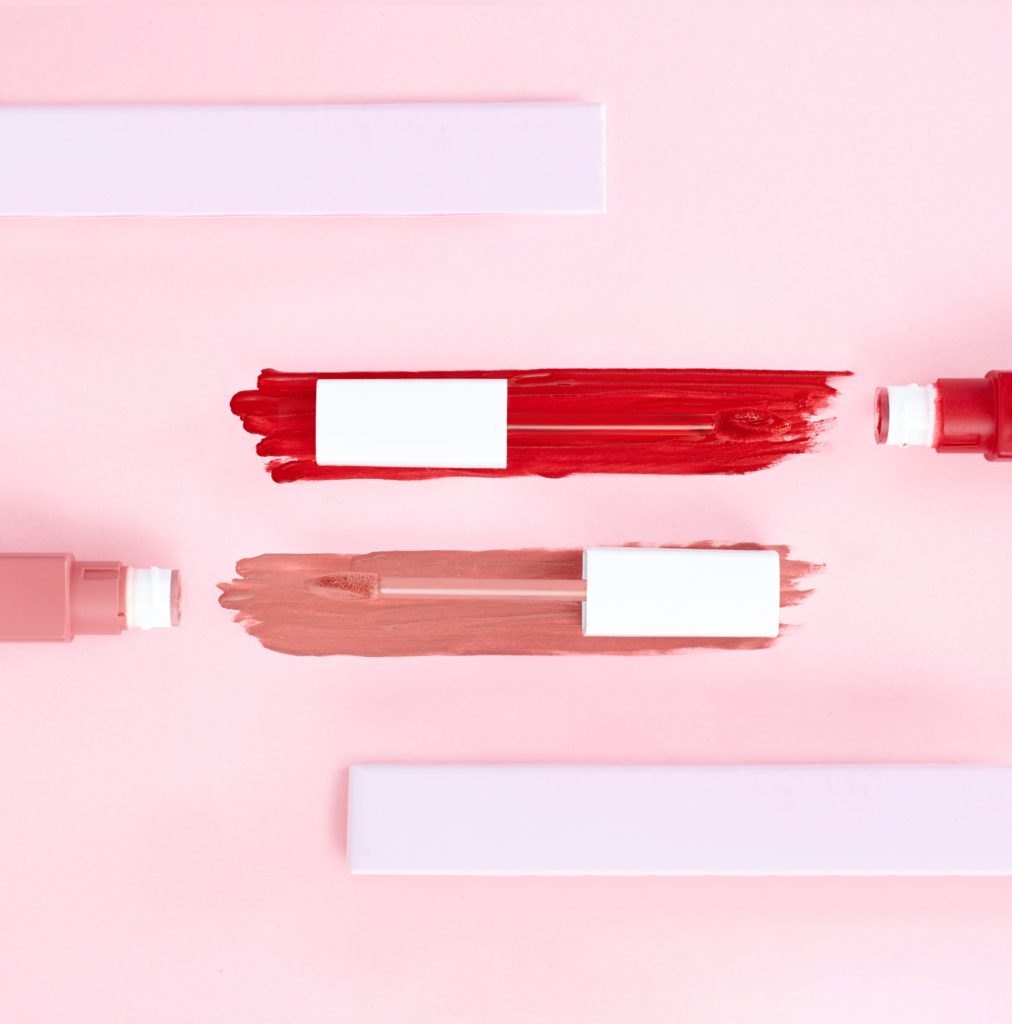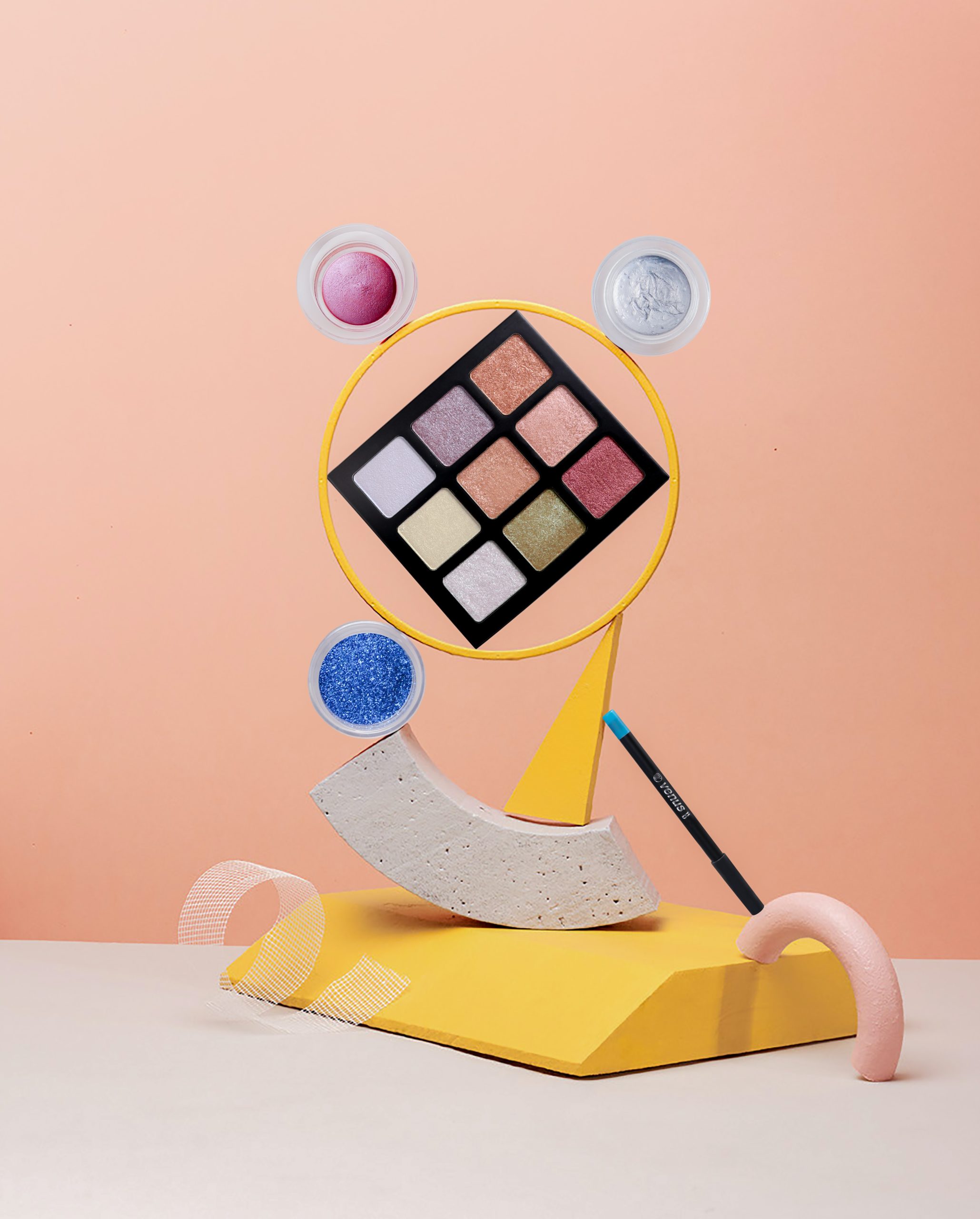One of the aspects of cosmetics that makes it most appealing are the vibrant shades and colours that encompass each formula. From hued mascaras to lipsticks, eyeshadows and blushes, what would makeup be without colour? That said, the search for natural ingredients in cosmetic products has grown as more and more evidence is published; indeed, some synthetic ingredients have been found to cause negative side effects to our health. This most likely has gotten you, too, to pause and think: what about the colourants in our cosmetics?

what is colourant? A colourant is either a pigment or dye. These pigments and dyes can be naturally or synthetically-derived. Essentially, the synthetic die in your beauty products are also known as Lakes. And, historically, Lake pigments were first manufactured from by-products of processing coal. The pigments were also known as coal tar dyes. Unfortunately, as more research has been conducted, coal tar dyes have now been deemed toxic and have been associated with numerous side effects. Some of the health concerns derived from the toxicities include allergic dermal sensation, carcinogenicity, developmental and reproductive toxicity, endocrine disruption and aquatic toxicity.
modern colour solutions. Today, the majority of beauty brands within the cosmetic industry have moved away from this practice. However, there still are some dyes in the market that have been made from coal tar. Some brands use Lake colourant as they work well in cosmetic formulas due to their stability, colour control and the ability to deliver a strong revenue in the development stage. to ensure colour safety, brands must conduct their own heavy metal analysis of the pigments. By screening Lake pigments, you can avoid the process of non-particles and run trace contaminant testing to detect unwanted impurities.

On the other hand, minerals are a safe alternative for producing pigments. However, mineral pigments can be difficult to replicate. As a result, you can really only replicate extremely bright hues. The FDA has now enforced a law that states all mineral compound colour additives must be produced synthetically in a controlled laboratory. At the same time, nature offers a wealth of plant-based colour pigments with enormous potential for colouration as they are extracted from dye plants. Plant-based pigments not only boast incredible colour-giving qualities, they also contain a host of active ingredients that are great for your skin.
new in hue. The beauty industry is now researching to create a unique process for extracting and infusing the colouring and biological properties of plants for cosmetic use, while preserving their natural habits and cultivation. And, research into overcoming natural pigment persistence and bioavailability limitations will continue in the future to assemble the need for synthetic colorants to be substituted. So, what do you think? Will you be more cautious about what pigments are in your cosmetics? —Ana Allen

Be the first to comment